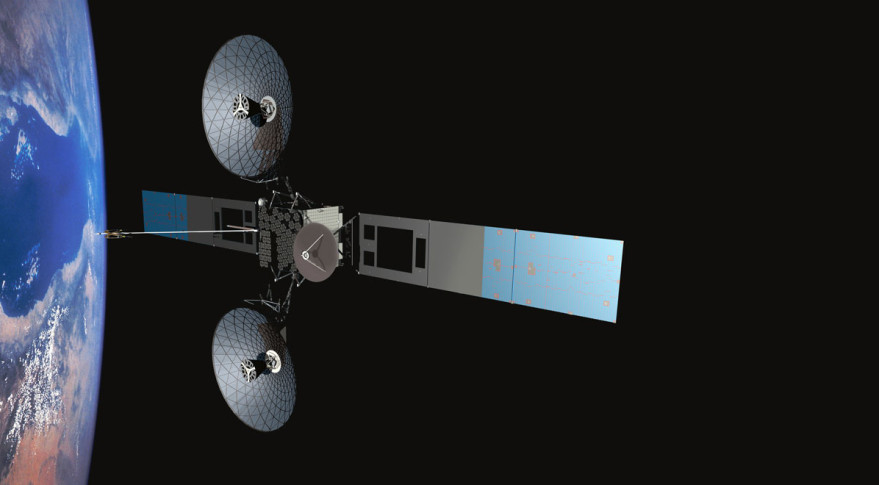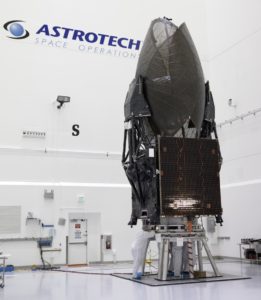Mishap to Delay Launch of NASA Communications Satellite

WASHINGTON — NASA announced July 21 that the launch of a communications satellite previously scheduled for early August will be postponed to replace an antenna damaged during launch preparations.
In a statement issued late July 21, NASA said the agency, with satellite manufacturer Boeing and launch services provider United Launch Alliance, "are reviewing a new launch date in August" for the Tracking and Data Relay Satellite (TDRS) M spacecraft. The launch had been scheduled for Aug. 3.
The statement came a day after NASA said it and Boeing were reviewing plans to replace an omnidirectional S-band antenna on the spacecraft. That antenna was apparently damaged July 14 during final closeout activities at an Astrotech Space Operations payload processing facility in Titusville, Florida. TDRS-M was, at the time of the incident, being prepared for encapsulation into a payload fairing and installation onto an Atlas V rocket.
Complicating that process is a separate and unrelated issue with ground support equipment for the spacecraft. NASA said it was "evaluating a possible electrostatic discharge event" affecting that equipment in the July 20 statement, but did not elaborate on the severity of the problem. In the July 21 statement, NASA said the potential ground support equipment issue was at the Astrotech facility, and not the launch site as previously stated by NASA.
The TDRS-M satellite is equipped with two S-band omnidirectional antennas, located on the forward and aft sides of the spacecraft. Those antennas are used for tracking, telemetry and command of the satellite itself.
The geostationary orbit satellites are also equipped with two parabolic antennas for Ka-, Ku- and S-band communications, a phased-array antenna that supports multiple S-band users and a dedicated space-to-ground antenna. Those antennas support communications with the International Space Station, Hubble Space Telescope and other satellites in Earth orbit.
TDRS-M is the third and final satellite in a series built by Boeing under a NASA contract awarded in 2007. The contract originally included two satellites with options for two more. NASA executed the option for just one of the two additional satellites. TDRS-K, now known as TDRS-11, launched in January 2013 and TDRS-L, now TDRS-12, launched one year later.
Breaking space news, the latest updates on rocket launches, skywatching events and more!
Originally published on Space News.

Jeff Foust is a Senior Staff Writer at SpaceNews, a space industry news magazine and website, where he writes about space policy, commercial spaceflight and other aerospace industry topics. Jeff has a Ph.D. in planetary sciences from the Massachusetts Institute of Technology and earned a bachelor's degree in geophysics and planetary science from the California Institute of Technology. You can see Jeff's latest projects by following him on Twitter.


